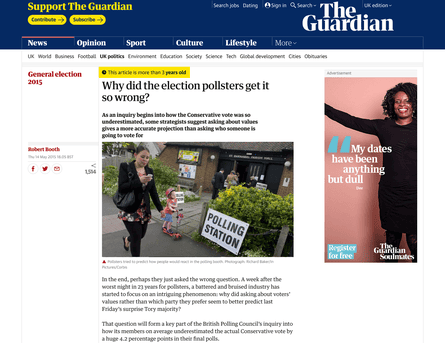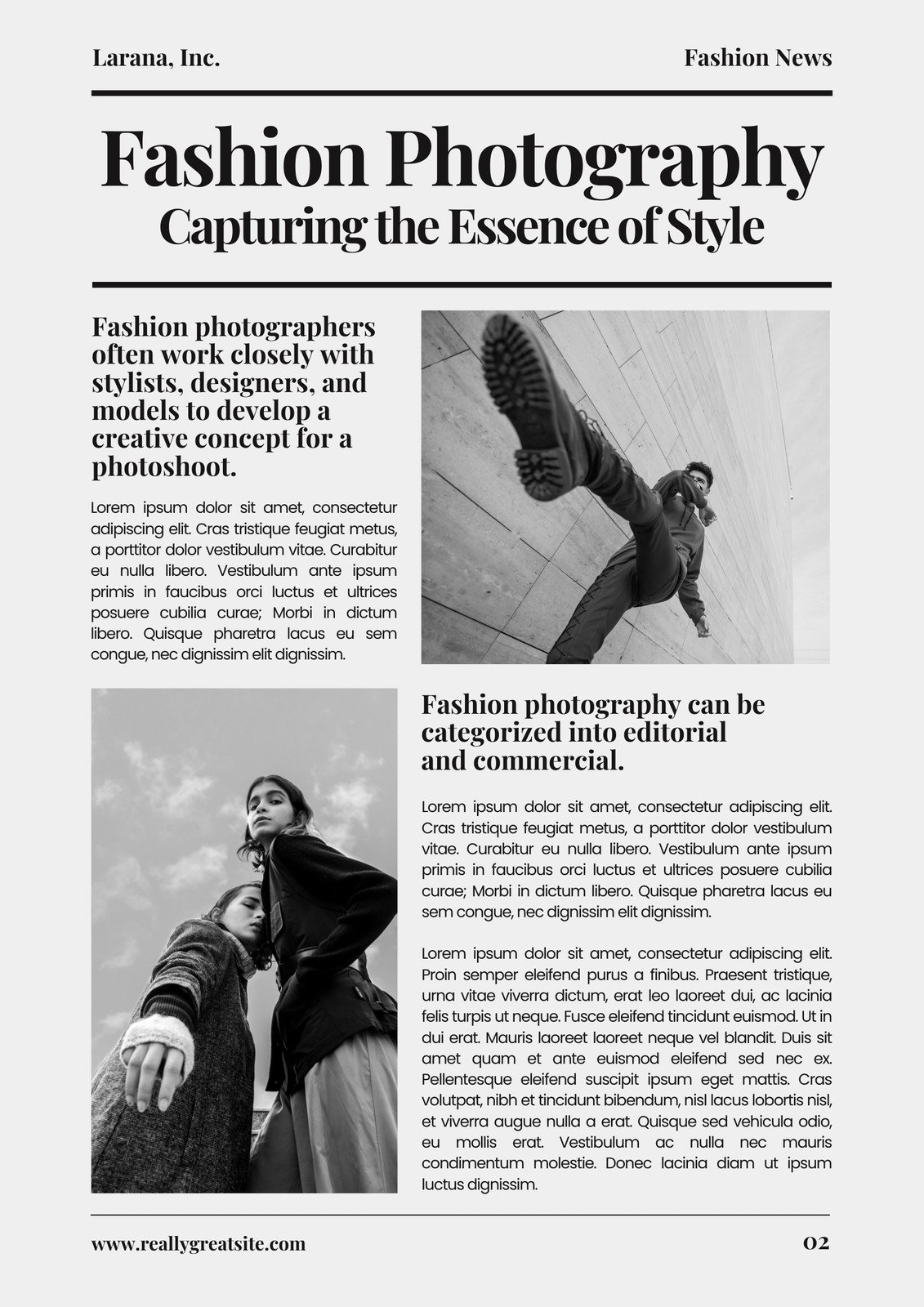The Basic Principles Of News Articles
Table of ContentsNot known Facts About News ArticlesThe Facts About News Articles UncoveredHow News Articles can Save You Time, Stress, and Money.News Articles for DummiesThe 7-Minute Rule for News Articles
Great knowledge of various topics provides students an one-upmanship over their peers. Although electronic and social networks are readily accessible, we must not forget exactly how crucial it is to check out the papers. Parents need to try and inculcate the behavior of checking out a paper as a daily regimen to proceed the legacy of the revered print tool.Newspaper article also contain at least among the adhering to crucial attributes family member to the designated audience: proximity, importance, timeliness, human passion, strangeness, or consequence. The associated term journalese is often used, normally pejoratively, to describe news-style writing. An additional is headlinese. Papers usually follow an expository writing design.
Within these limits, newspaper article likewise intend to be detailed. Various other aspects are involved, some stylistic and some acquired from the media type. Among the larger and more highly regarded newspapers, justness and balance is a major consider offering info. Commentary is typically constrained to a different section, though each paper might have a different total slant.
Papers with an international audience, for example, have a tendency to make use of a much more formal design of writing. News Articles.; usual design guides include the and the US Information Style Publication.
The Facts About News Articles Uncovered
As a regulation, reporters will not use a lengthy word when a short one will do. They use subject-verb-object building and vivid, active prose (see Grammar). They supply narratives, examples and allegories, and they rarely depend upon generalizations or abstract ideas. Information authors try to avoid utilizing the very same word a lot more than as soon as in a paragraph (sometimes called an "resemble" or "word mirror").
However, headings sometimes omit the topic (e.g., "Jumps From Watercraft, Catches in Wheel") or verb (e.g., "Cat woman lucky"). A subhead (also subhed, sub-headline, subheading, subtitle, deck or dek) can be either a secondary title under the primary heading, or the heading of a subsection of the write-up. It is a heading that comes before the primary text, or a group of paragraphs of the major message.

of a short article topic, source, or interviewee), it is described as a drawn quote or pull quote. Additional signboards of any have a peek at this website one of these kinds may show up later on in the post (especially on subsequent pages) to attract more reading. Journalistic websites often use animation strategies to exchange one billboard for an additional (e.g.
The Greatest Guide To News Articles
Such billboards are likewise made use of as guidelines to the short article in various other areas of the magazine or website, or as advertisements for the item in other magazine or websites. News Learn More Here release of the Swiss government. Normal structure with title, lead paragraph (recap in vibrant), various other paragraphs (information) and call information.

Example of a hard-lead paragraph NASA is suggesting an additional area task. The spending plan requests around $10 billion for the task.
An "off-lead" is the second most crucial front page information of the day. To "hide the lead" is to start the write-up with background info or details of secondary value to the readers, compeling them to check out more deeply right into a post than they should have to in order to find the important points.
What Does News Articles Do?
Usual use is that or 2 sentences each form their very own paragraph. Journalists normally describe the company or structure of an information tale as an inverted pyramid. The vital and most intriguing aspects of a tale are put at the beginning, with sustaining info complying with in order of reducing importance.
It permits people to check out a subject to only the deepness that their interest takes them, and without the imposition of details or nuances that they can take into consideration pointless, but still making that information available to much more interested visitors. The inverted pyramid structure likewise allows articles to be trimmed to any type of arbitrary size throughout format, to suit the room readily available.
Some writers start their tales with the "1-2-3 lead", yet important link there are lots of kinds of lead offered. A twist can refer to multiple points: The last story in the news program; a "pleased" tale to end the show.
Longer short articles, such as publication cover posts and the pieces that lead the within sections of a paper, are understood as. Feature tales differ from straight information in a number of ways. Foremost is the lack of a straight-news lead, the majority of the time. As opposed to supplying the significance of a tale up front, feature writers may attempt to draw readers in.
Unknown Facts About News Articles
A feature's first paragraphs usually associate an interesting moment or occasion, as in an "anecdotal lead". From the particulars of a person or episode, its sight rapidly expands to abstract principles concerning the tale's topic.

The Editor's Toolbox: A Reference Overview for Beginners and Professionals (2001) Allan M. Siegal and William G. Connolly. The New York City Times Handbook of Design and Usage: The Authorities Style Overview Used by the Writers and Editors of the Globe's Many Reliable Paper (2002) M. L. Stein, Susan Paterno, and R.